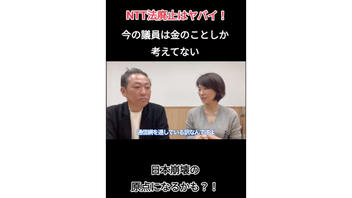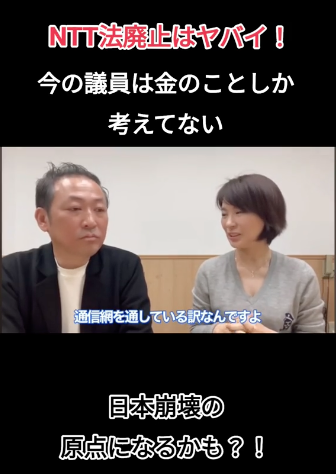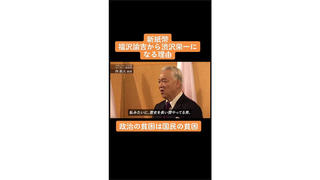
Did Japanese telecommunication corporation Nippon Telegraph and Telephone East (NTT East) build the largest nuclear fallout shelter in the world and conceal it by claiming it is an underground telecommunication facility? No, that's not true: There is no evidence that the NTT East underground tunnel systems were created to provide a nuclear fallout shelter. The NTT East underground tunnels are an extensive network of telecommunication hubs that provide communication services, including those used by emergency services during natural disasters and crisis events.
The claim appeared on TikTok (archived here) published by user @akii9876 on March 19, 2024, with comments translated into English from Japanese by Lead Stories staff from political pundit and YouTuber Moe Fukada (archived here) who says:
NTT owns the world's biggest bomb shelter. There's a massive tunnel underneath Tokyo that was built during the prewar period as a bomb shelter. NTT then purchased it to create a fallout shelter under the guise of an underground telecommunication hub. They are still using this place as a (nuclear) fallout shelter.
This is what the post looked like on TikTok at the time of writing:

(Source: TikTok screenshot taken on Wed Mar 27 21:04:46 2024 UTC)
In the video, Fukada discusses the contents of her book, "Japan Will Collapse With The Abolishment of the NTT Law" (archived here) when she postulates that the Japanese telecommunication giant owns the world's largest fallout shelter, using tunnels underneath Tokyo built during the prewar period as bomb shelters, to serve as a fallout shelter during the Cold War under the guise of underground telecommunications facilities.
An extensive network of underground tunnels is operated by NTT East, but they are not designed as fallout shelters. The NTT East website (archived here) says the tunnels contain telecommunications facilities that are designed to provide telecommunications across the capital to all of Japan with added security features to mitigate the effect of natural disasters that might cause the collapse of mainland control centers or cellular network towers.
NTT East confirms in a guided tour that the tunnels were first used as a telecommunication facility in 1968 (archived here) when NTT laid its first hardware measures to mitigate communication failure from natural disasters such as earthquakes. Since then, the underground facility has pivoted to provide measures such as implementing emergency message dials and wireless LAN environments that can be used during an event when cellular data transmission signals are shut down.














